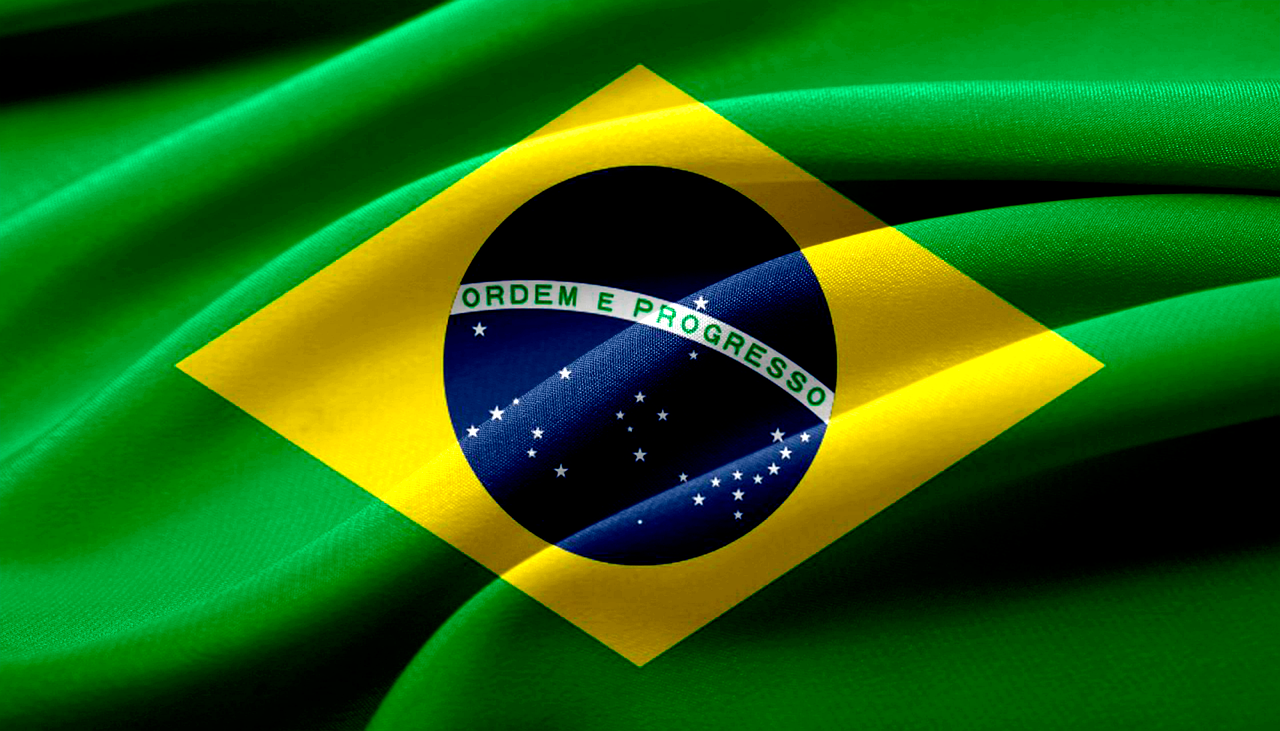Travel health requirements vary from country to country. You may need certain vaccinations before traveling to Brazil, including COVID-19 vaccine for anyone older than two. For children and adults, you should wear a protective mask while indoors to reduce the risk of exposure to dust. Level 4 Travel Health Notices apply to Brazil and other countries where COVID is a concern. Check with your travel agency for specific requirements, because these requirements may differ from those required in the United States. Failure to comply with any of these requirements may result in denial of entry or forced return to the United States.
What to do in Brazil
Most visitors to Brazil start their vacation in Rio, the sprawling coastal city that spills down granite mountainsides into a lagoon. The Sugarloaf Mountain dominates the city, and it’s crowned by Christ the Redeemer, which you can view from almost any point in Rio. There are a few more things to do in Rio, however, including exploring the city’s museums, hidden waterfalls, and samba classes.
In the coastal city of Foz do Iguacu, you can visit the UNESCO World Heritage Site of the falls. This site is accessible by a tour of the surrounding area, but you’ll want to spend two days at the park to truly experience the falls. Be sure to avoid helicopter tours of the falls, which can have a negative impact on the environment and the experience of visitors. Instead, spend at least two days hiking and taking in the natural wonders of the area.
The Amazon forest
The Amazon rainforest covers most of northwestern Brazil and extends into Peru and Colombia. It is the largest tropical rainforest in the world, and is world-renowned for its diversity. Thousands of rivers wind through the rainforest, including the world’s longest river, the Amazon river. Explore river towns such as Manaus, which have 19th-century architecture, as well as Iquitos and Puerto Maldonado. These charming cities are surrounded by pristine rainforest, and the Amazon river makes a stop along the way.
While state-sponsored colonization schemes in Brazil have largely ceased, private actors have continued to encourage deforestation and land-grabbing. Land speculators sponsor migrants from cities in Brazil to settle in the Amazon. These migrants encroach on indigenous and legal forest reserves. The colonists clear land for agriculture, and then turn it over to the benefactor who sponsored their venture. Deforestation was accelerated by the highway, which was constructed on a weakened soil.
Beaches in Brazil
There are many beautiful Brazilian beaches to choose from. If you’re looking for secluded, desert-like beaches, try the Bahia Beach. This beach is situated in the midst of a desert-like landscape and is a favorite among nature lovers. Although this area is a part of a National Park, the Brazilian government restricts development on the beach. In addition, Brazilians are prohibited from building structures on this pristine beach. In addition, the small town of Jericoacoara has plenty of lodging, restaurants, and nightlife. Jeri Beach is also a popular spot for various types of coastal activities. The Sunset Dune is a favorite destination for those who want to enjoy breathtaking views of the sunset and catch the “green flash.”
Another popular beach is Alter do Chao, an inland beach located about 80 km from the rainforest city of Santarem. This golden paradise is perfect for swimming and water sports. The beach is home to the headquarters of the Tamar Project, which protects turtles and whales. It also offers a comfortable infrastructure of inns and restaurants. For an authentic Brazilian experience, be sure to try out Moqueca, a famous seafood stew cooked in terracotta casseroles.

